Research has found that China's wine culture has a history of about nine thousand years, and in China, wine has become a tradition. It is indispensable on the dining table for entertaining, gathering with friends, and business negotiations. After a long process of development, the types of wine have become more and more diverse. Taking our country as an example, wine has developed into the Chinese wine system with five major categories and hundreds of varieties.
One, Baijiu (Chinese Distilled Liquor)
The origin of Chinese Baijiu has always been described in four ways: Mohan, Tang Dynasty, Song Dynasty, and Yuan Dynasty. Among them, the description from the Song Dynasty is more representative. According to the calculation from the Song Dynasty, the brewing of Chinese Baijiu has a history of nearly a thousand years. As one of the six major distilled spirits in the world (the other five are brandy, whisky, rum, vodka, and gin), Chinese Baijiu has a more complex manufacturing process and various raw materials. Its special flavor is unparalleled. The development of Chinese Baijiu brewing has resulted in crystal clear, fragrant, smooth, mellow, sweet, and long-lasting liquors.
Two, Huangjiu (Chinese Rice Wine)
Huangjiu is the oldest traditional wine in China. Its origin is closely related to the origin of grain brewing in China and has a history of about eight thousand years. It is brewed from grains such as rice, through processes such as steaming, saccharification, fermentation, and filtration. In addition to ethanol and water, the main components of Huangjiu also include maltose, glucose, dextrin, glycerin, nitrogen compounds, acetic acid, succinic acid, inorganic salts, and a small amount of aldehydes. Huangjiu is known for its high nutritional value and beneficial effects on the human body.
"Zha Ji, Yue Ling" in "Zha Ji, Lun" mentions the six elements of making Huangjiu, known as the "ancient six methods": "In the month of late winter, the great brewer is appointed. The forest rice must be ripe, the husks must be timely, the flame must be strong, the water must be fragrant. The pottery must be excellent, the fire must be well controlled." These six key points include selecting good raw materials, making fermented grains in the appropriate season, clean operation of rice soaking and steaming, using clear and tasteless water, excellent pottery without leakage, and proper temperature control.
Nowadays, there are many types of Huangjiu in the market. However, according to the different raw materials and brewing methods, they can be mainly classified into three categories: Shaoxing wine, millet Huangjiu (represented by Shandong's Laoshan Huangjiu), and red yeast rice Huangjiu (represented by southern Zhejiang, Fujian, and Taiwan).
Three, Fruit Wine
Fruit wine is a kind of low-alcohol beverage made from various fruits and wild fruits, such as grapes, pears, oranges, lychees, sugarcane, mountain fruits, and bayberries, using the fermentation method. It can be divided into two categories: fermented fruit wine and distilled fruit wine. The history of fermented fruit wine is the longest in the history of human wine brewing. Historical records mention the legend of "monkeys brewing wine", but that was only naturally fermented fruit wine. The artificial fermentation of fruit wine in China appeared much later. It is generally believed that it appeared after grapes were introduced to China during the Han Dynasty.
During the Tang and Song Dynasties, grape wine was quite popular in China. In addition, there were varieties such as coconut wine, orange wine, tangerine wine, jujube wine, pear wine, pomegranate wine, and honey wine. However, these varieties did not form a unique style in the world's wine brewing history like Huangjiu, Baijiu, and medicinal liquor, until the establishment of Yantai Zhangyu Grape Wine Company at the end of the Qing Dynasty, which marked the beginning of large-scale production of fruit wine in China. After the founding of the People's Republic of China, the fruit wine brewing industry has made great progress. Taking the most representative grape wine as an example, China is now able to produce large quantities of well-known grape wine varieties.
Four, Medicinal Liquor (Mixed Liquor)
According to research, the heyday of Chinese medicinal liquor is earlier than the Spring and Autumn Period and the Warring States Period. It is made by using fermented base liquor, distilled liquor, or high-quality alcohol as the base, and adding edible aromatic materials or medicinal materials from flowers, fruits, animals, plants, or other substances with color, fragrance, and flavor through soaking, distillation, and other different processes. It is one of the most precious types of liquor in the history of brewing science.
There are many types of medicinal liquor in the current domestic market. Generally speaking, they can be divided into two main categories: health liquor and cocktails. Health liquor utilizes the pharmacological properties of alcohol and follows the principle of "medicine and food share the same origin". It is made by blending various Chinese herbal medicines and food with therapeutic effects. The variety of health liquor is impressive. Industrial products of health liquor are represented by brands such as Wuming Si, Zhuyeqing, and Jinbo Liquor. Cocktails are more complex. They are mixed drinks made by blending two or more types of alcohol with fruit juice, spices, and other ingredients. In the blending process, factors such as color, alcohol content, sweetness, aroma, and taste need to be considered. In the past, most of China's cocktails, from recipes to production methods and raw materials, were imported from abroad, which were not only expensive but also difficult to popularize. However, it has been found through experiments that our famous wines, including Baijiu, Huangjiu, beer, and fruit wines, as well as fruit juices and soda, can be used to make cocktails. The resulting cocktails have the same complexity and remarkable taste. Currently, dozens of successful cocktail recipes have been developed in China.
Five, Beer
Beer is a type of drink made from barley and hops, with foam, special aroma, slightly bitter taste, and low alcohol content. Although China's beer factories only started appearing in the early 20th century, historical records show that China had a beverage called "Xi" made from malt and grain as early as 3200 years ago. It had a sweet taste and although it was not called beer at that time, we can be sure that it was similar to the beer we know now. It's just that later generations preferred beer brewed with yeast and found the taste of "Xi" to be thin, so the brewing method gradually disappeared and this type of drink disappeared.
Due to the increasing emphasis on the health benefits of beverages in modern society, the development of wine is also increasingly inclined towards health. The types of wine are becoming more and more diverse, with more diversified development, and a lighter taste, gradually trending towards low sugar and low alcohol.




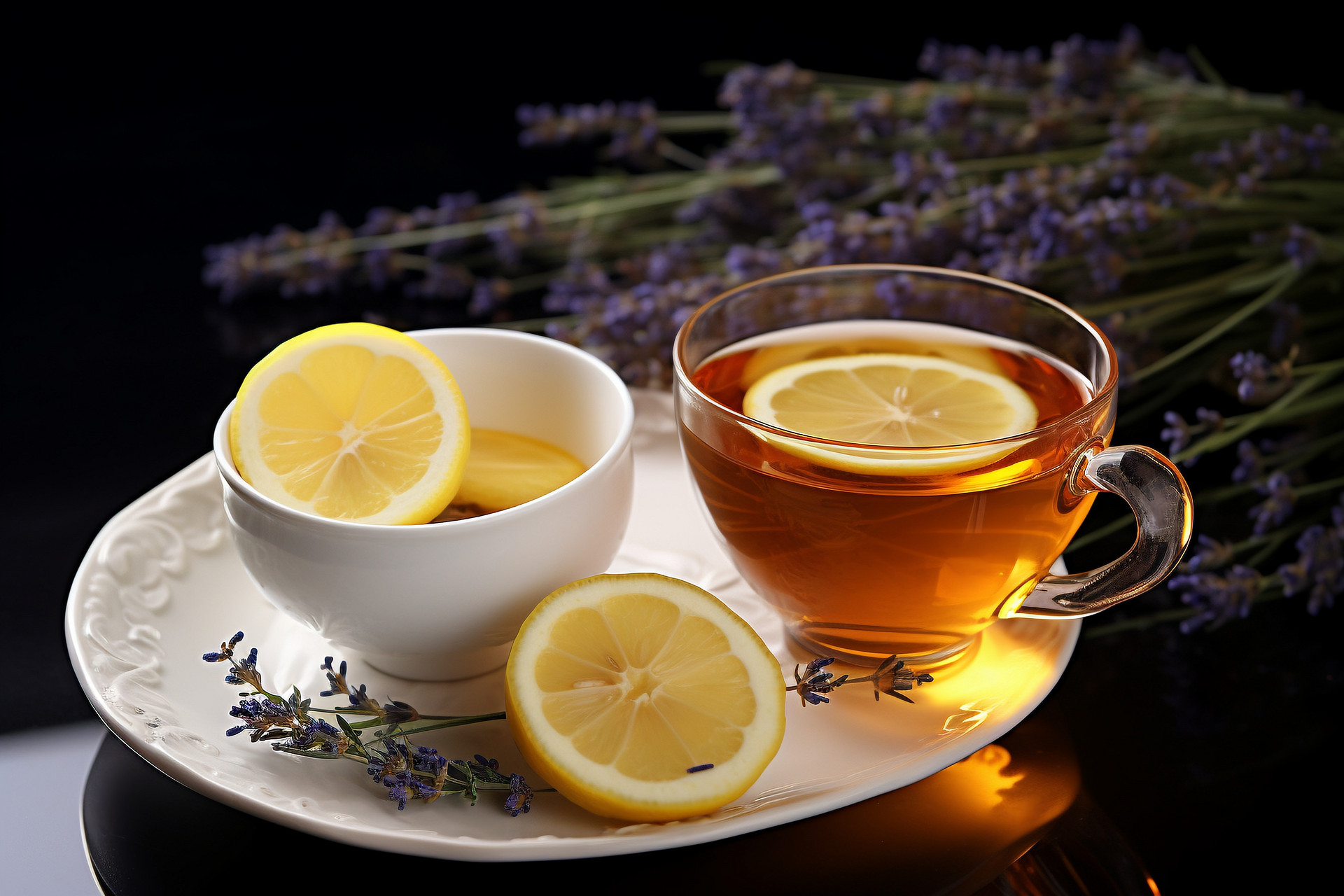
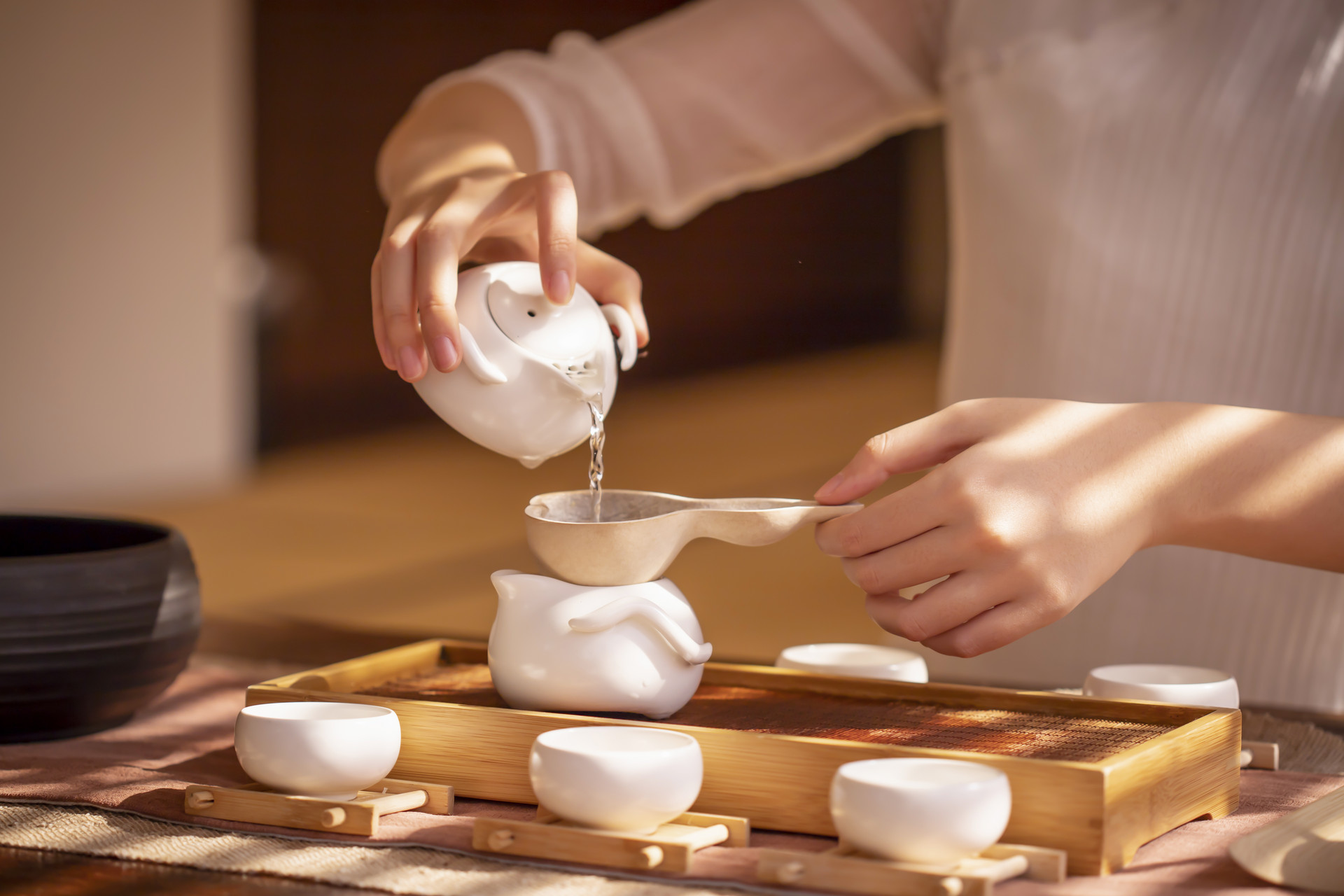
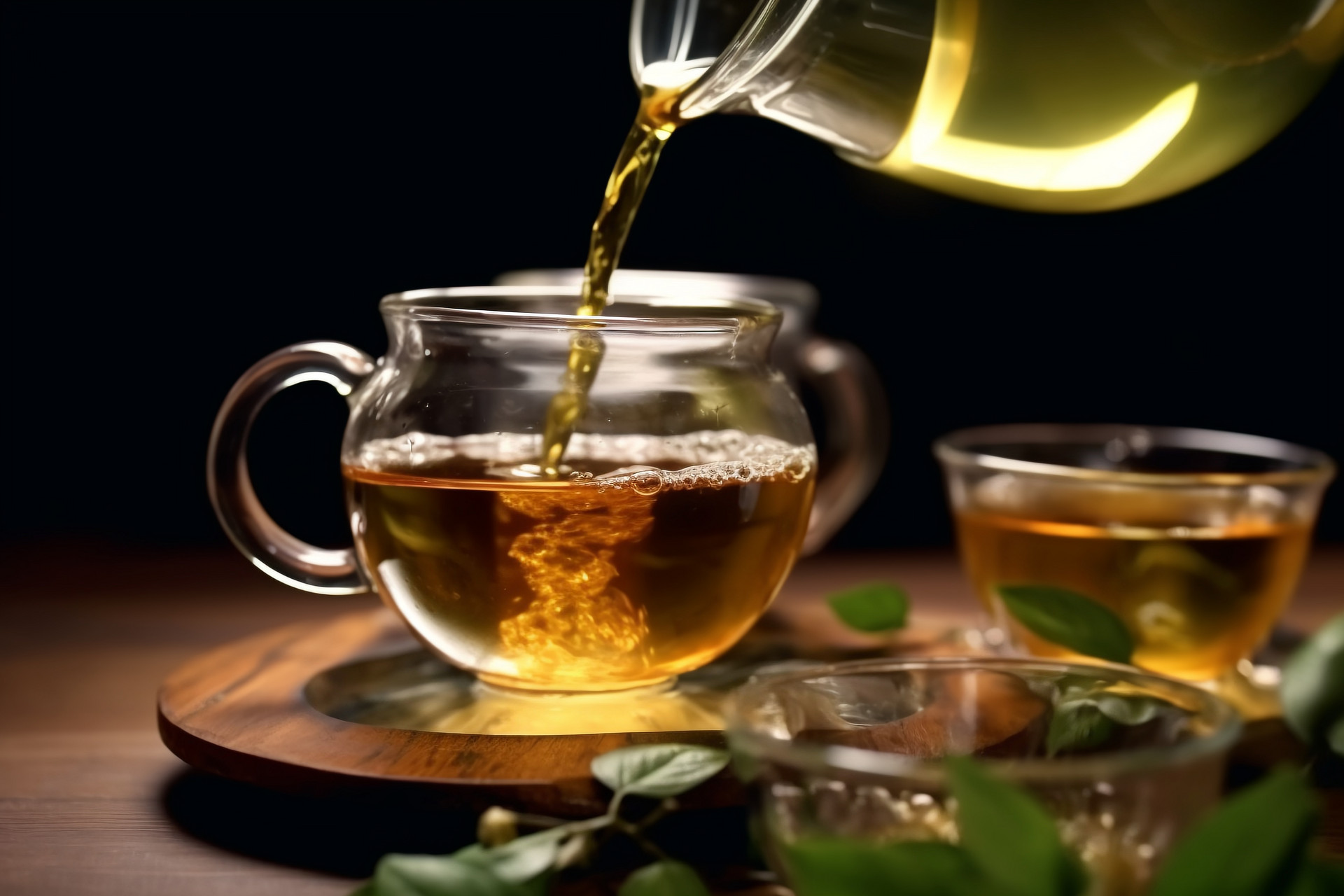

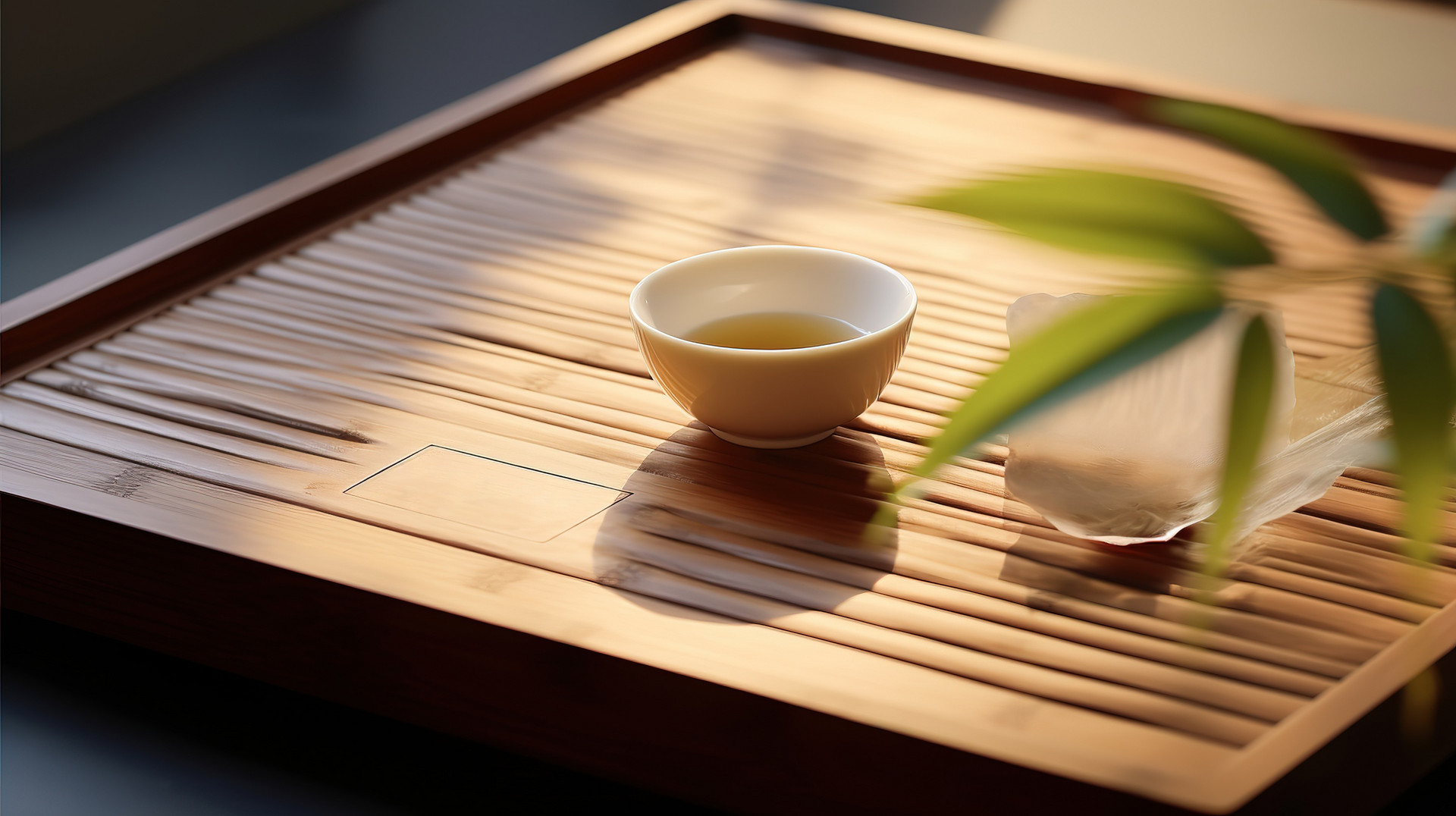
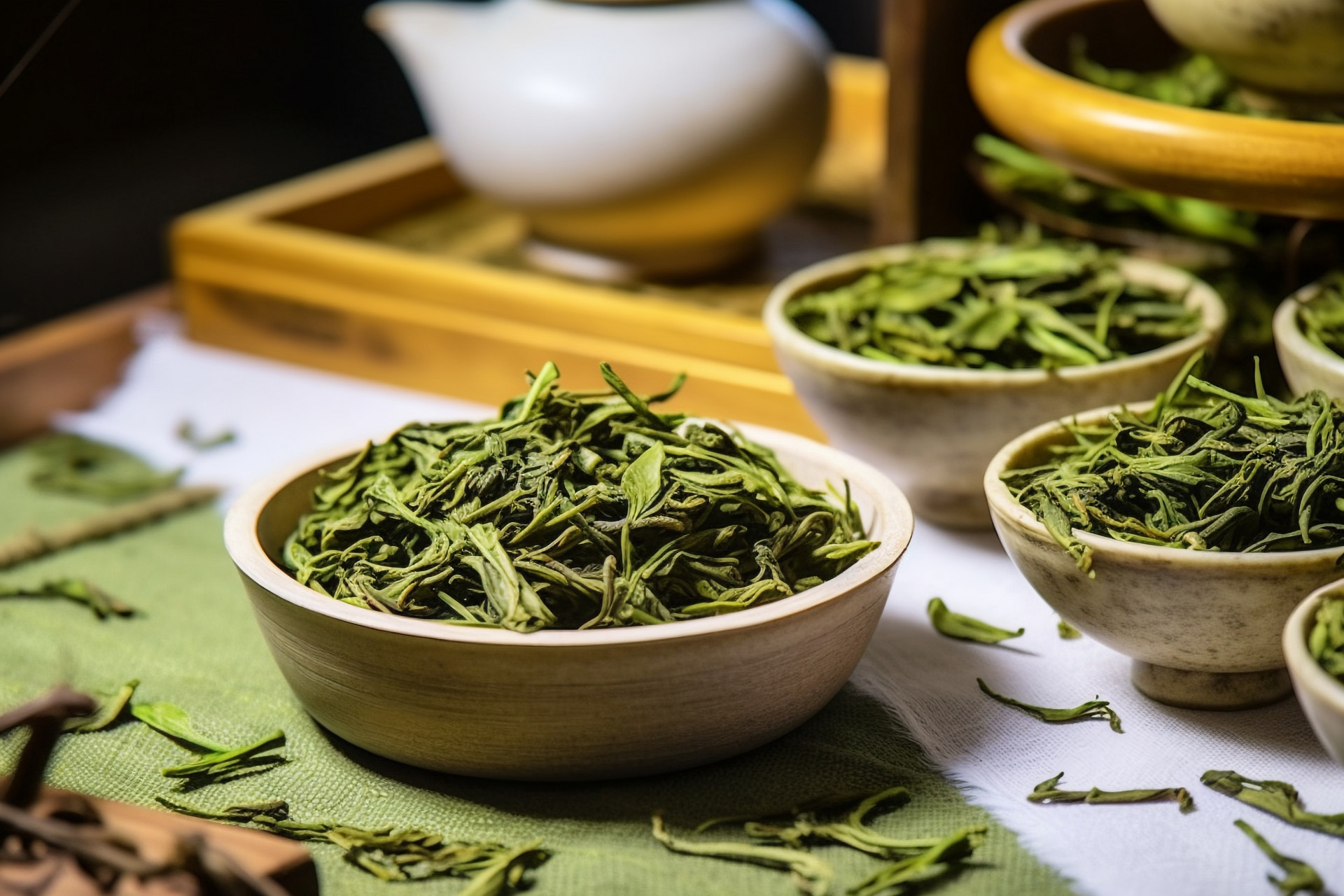
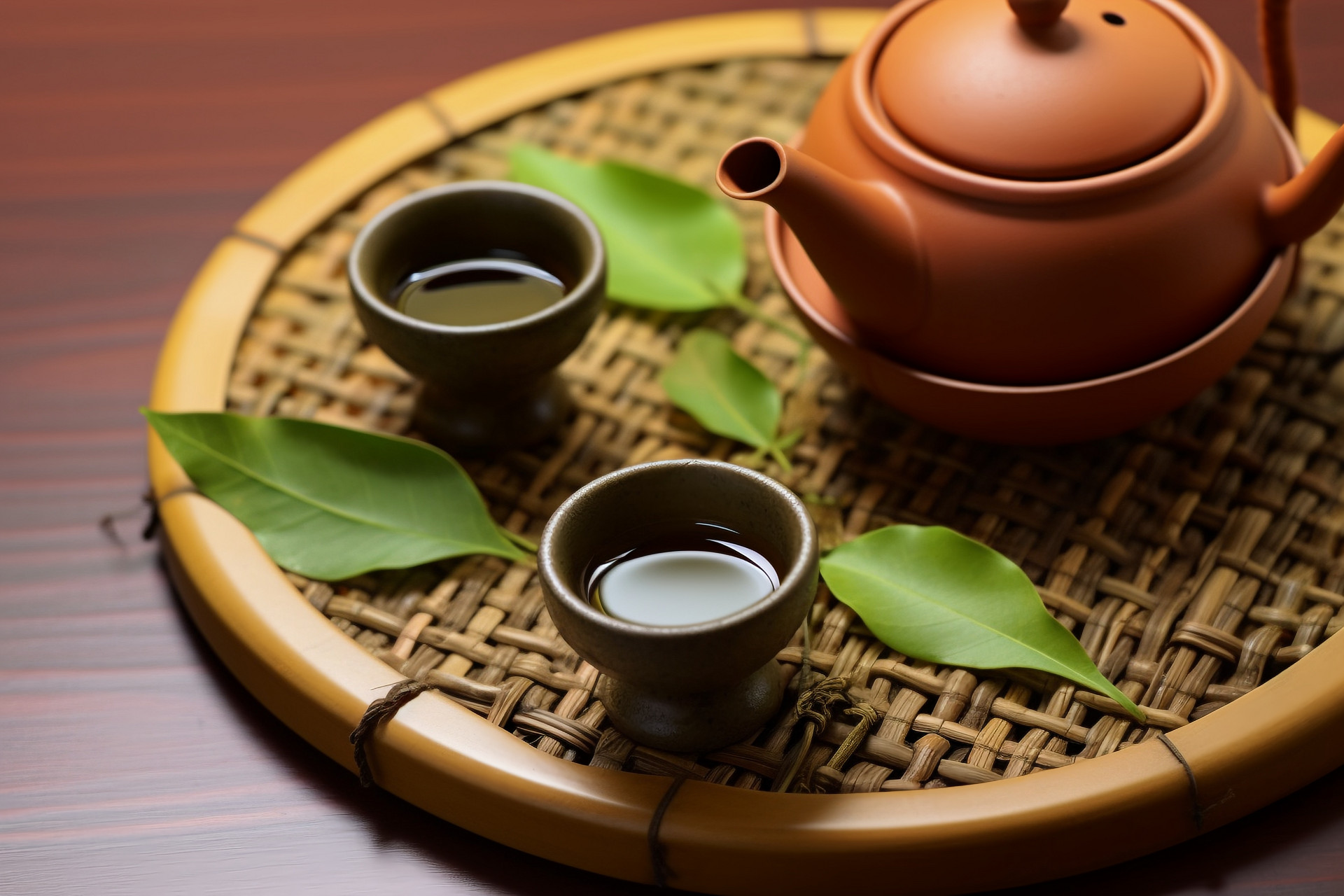
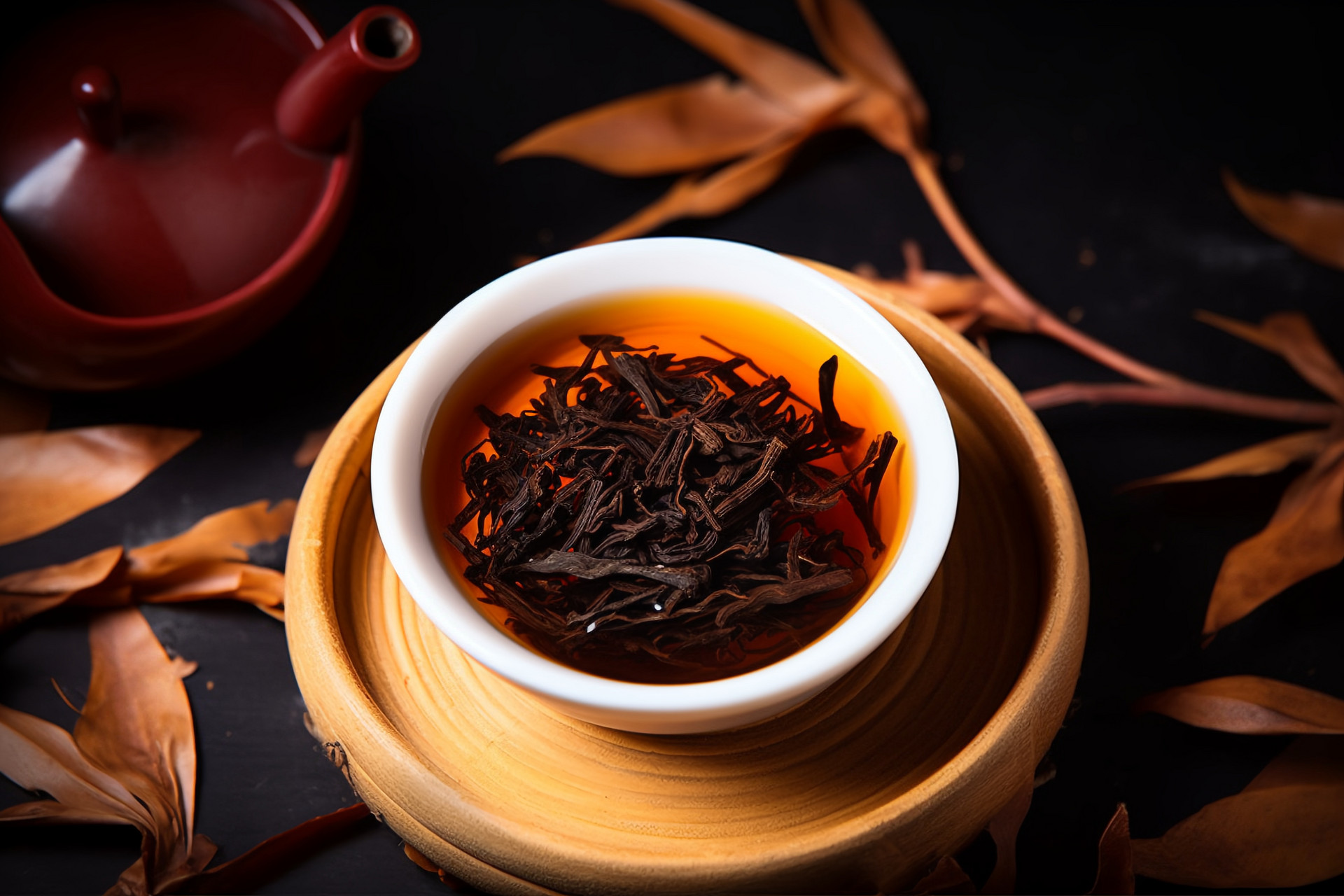
![[Herbal Wine Recipes for Health and Beauty]](https://tcmmaintenance.com/uploads/20240715/7241f6b6eafdaed88c28b26a37213964.jpg)